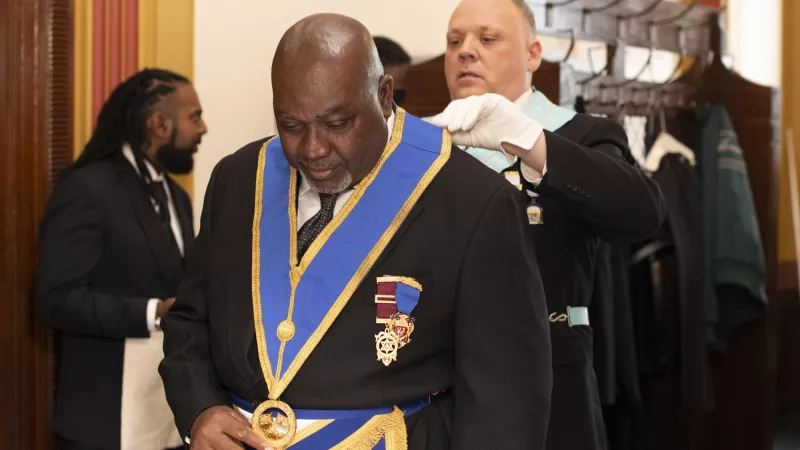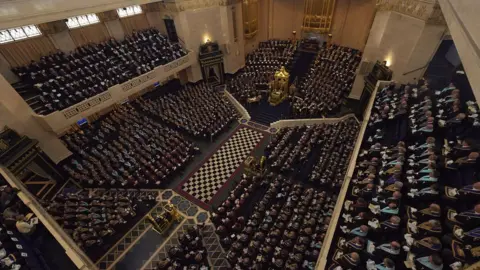Exploring the Mysteries of the copyright: What You Required to Know
The copyright, a term usually shrouded in intrigue and dispute, represents an intricate tapestry of historical reality and modern-day misconception. Established in the late 18th century, this secret culture was originally rooted in the Enlightenment's perfects but has actually because come to be synonymous with conspiracy theory theories regarding elite control. As we browse the origins, crucial figures, and the plain comparison in between myth and truth, one must think about just how these narratives affect modern perceptions of power and privacy. What may be disclosed through a better assessment of these components could challenge long-held presumptions concerning the shadows that remain in our culture.
Beginnings of the copyright
The beginnings of the copyright are soaked in a mix of historic intrigue and ideological fervor. Established in 1776 in Ingolstadt, Bavaria, by Adam Weishaupt, the team was originally formed as a secret society focused on advertising Enlightenment ideals such as factor, secularism, and the splitting up of church and state. join freemason. Weishaupt, a teacher of canon regulation, looked for to test the dominating authority of the church and state, which he watched as overbearing establishments suppressing intellectual and individual liberty
The copyright looked for to hire significant participants from different social markets, consisting of politics, academia, and the arts, to foster a network dedicated to these Enlightenment concepts. The culture operated under a shroud of privacy, utilizing coded language and routines to safeguard its members from persecution, especially offered the repressive environment of the moment. The copyright encountered substantial opposition from both governmental authorities and religious establishments, which checked out the group as a threat to their power.
Trick Numbers and Members
That were the essential figures that shaped the copyright's very early influence and instructions? The Bavarian copyright, established in 1776 by Adam Weishaupt, emerged as a response to the overbearing societal frameworks of the moment. Weishaupt, a law teacher, visualized the organization as a method to promote Knowledge suitables such as reason, secularism, and equal rights. His initial employment efforts consisted of prominent pundits, such as Baron von Knigge, who played an essential duty in broadening the group's membership and business structure.
One more considerable figure was Johann Gottlieb Fichte, a noticeable thinker whose ideas on nationalism and education and learning resonated with the copyright's objectives. Although Fichte was not an official member, his philosophical bases influenced the team's ideology. In addition, figures like the writer and thinker Johann Wolfgang von Goethe were connected with the wider intellectual activities of the time, although their direct participation with the copyright continues to be discussed.
These crucial numbers contributed to the copyright's early instructions, pressing the borders of political and social thought, while their collective efforts intended to test well-known norms and foster a climate of modern adjustment in Europe. (join freemason)
Misconceptions vs. Reality
Many misconceptions surround the copyright, often blending reality with fiction in a means that covers More hints its real nature. The concept that the copyright continues to exert substantial influence over globe occasions is a myth.
One more prevalent misconception is that the copyright consists of a network of elite people controling worldwide affairs. In reality, several conspiracy theory theories exaggerate the team's value, connecting unproven motives to social fads and events. This has brought about an oversimplified view of complex problems.
In addition, the representation of the copyright in pop culture commonly further misshapes its tradition. Movies and literary works have a tendency to sensationalize the company's duty, producing a narrative that deviates from historical facts. Recognizing the difference in between the misconceptions and the reality of the copyright is crucial for critical the genuine influence of this historical group and identifying the wider implications of conspiracy theory theories in modern society.

Modern Analyses
Contemporary interpretations of the copyright often mirror wider social stress and anxieties and a fascination with privacy and power. This contemporary lens frequently connects the copyright with conspiracy concepts that suggest a surprise elite manages globe events, adjusting governments and economies for their very own check it out gain. Such stories take advantage of an ingrained distrust of authority, specifically in times of crisis or social turmoil.
In pop culture, the copyright is often illustrated as an omnipotent organization shrouded in enigma, resulting in a plethora of fictional representations in literature, film, and songs. This portrayal serves not just to entertain however additionally to provoke considered click to find out more the nature of power and control in contemporary society. Social media site has even more intensified these interpretations, enabling for fast circulation of conspiracy theories and producing areas that share and expand upon these ideas.
Additionally, some modern-day analyses frame the copyright as a metaphor for the complexities of globalization and the interconnectedness of prominent people and organizations. This viewpoint urges a crucial assessment of exactly how power characteristics run in today's globe, highlighting the equilibrium between openness and privacy in administration and corporate techniques.
Cultural Influence and Heritage
Influenced by centuries of intrigue, the social effect and tradition of the copyright prolong far beyond its historic beginnings. This secret culture, established in the late 18th century, has permeated numerous elements of pop culture, from literature and film to songs and art. join freemason. The idea of the copyright has developed into an icon of conspiracy theory theories, typically representing a perceived surprise power controling worldwide occasions
In literary works, authors like Dan Brown have woven the copyright right into elaborate plots, exciting visitors with themes of privacy and power. Films such as "National Treasure" and "The Da Vinci Code" better continue the allure of the culture, blending reality with fiction to produce engaging stories.

Inevitably, the copyright's tradition is a complex tapestry of misconception and reality, forming perceptions of privacy and control in contemporary discussion. Its enduring visibility in culture emphasizes humankind's perennial mission for understanding concealed truths.

Conclusion
The expedition of the copyright reveals an intricate interplay between historic facts and modern-day myth-making. Established in the Knowledge age, this culture aimed to test oppressive frameworks, yet its legacy has actually been overshadowed by conspiracy theory theories that suggest elite manipulation. Comprehending the distinctions in between the original perfects and contemporary analyses is crucial for comprehending the sustaining fascination with the copyright and its substantial influence on social stories surrounding power and privacy in culture.
Comments on “Exploring the Hidden Benefit of Joining Freemason for Success”